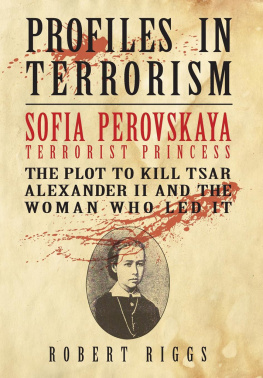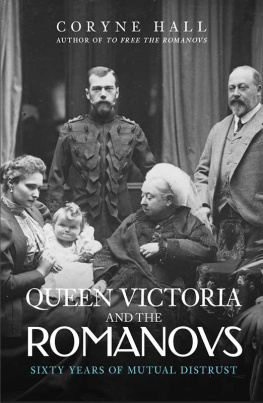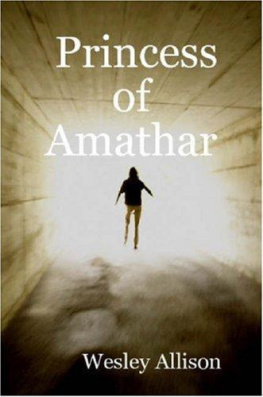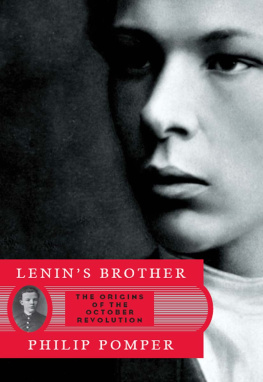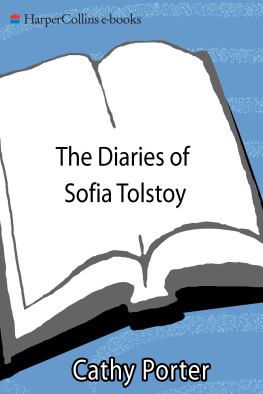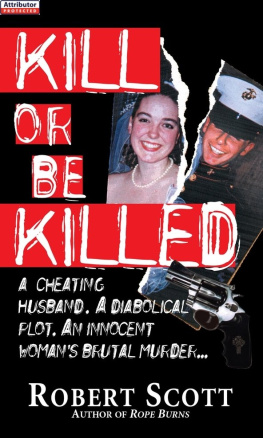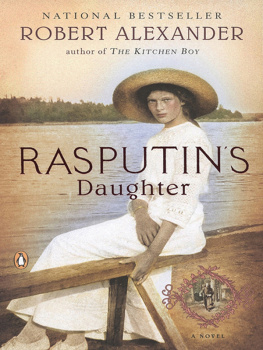Sofia Perovskaya
Terrorist Princess
PROFILES IN TERRORISM
A SERIES
BOOK THREE: SOFIA PEROVSKAYA, TERRORIST PRINCESS
OTHER BOOKS IN THE SERIES (BY THE SAME AUTHOR):
BOOK ONE: JOHN BROWN, ABOLITIONIST TERRORIST*
BOOK TWO: JOHN WILKES BOOTH, THE TRAGEDIAN*
***
BOOKS FOUR THROUGH SIX: ANARCHIST ASSASSINS AND TERRORISTS, 1890 - 1930 (TO BE CONTINUED)
BOOKS SEVEN THROUGH TWELVE: MODERN ASSASSINS AND TERRORISTS, 1930 - PRESENT (TO BE CONTINUED)
* PENDING PUBLICATION
Sofia Perovskaya
Terrorist Princess
The Plot to Kill Tsar Alexander II
and the Woman Who Led It
Part of a Series
Profiles in Terrorism
by Robert R. Riggs

Global Harmony Press 2017
Berkeley, California
Global Harmony Press, Inc.
2625 Alcatraz Ave., Suite 124
Berkeley, California 94705
Deluxe Color Hardbound Edition, 2017
Copyright Global Harmony Press, Inc., 2017
All rights reserved
under the laws of all nations including but not limited to United States, Canada, United Kingdom, Russian Federation, Republic of Italy. No part of this publication may be reproduced, stored in a retrieval system, or transmitted, in any form or by any person, without the prior written permission of Global Harmony Press
Sofia Perovskaya, Terrorist Princess | The Plot to Kill Tsar Alexander II and the Woman Who Led It | Part of a Series, Profiles in Terrorism / Robert R. Riggs
Includes bibliographic references and index
ISBN 978-0-9991559-0-5 (Deluxe Color Paperback)
ISBN 978-0-9991559-1-2 (B&W Paperback)
ISBN 978-0-9991559-2-9 (Cloth Bound)
ISBN 978-0-9991559-4-3 (Deluxe Color Hardbound)
ISBN 978-0-9991559-3-6 (Electronic)
Library of Congress Control Number: 2017950822
All materials used for this book are believed to be public domain, except as otherwise indicated. References to Internet Web Sites (URLs) were accurate at the time of writing. Neither the author nor Global Harmony Press is responsible for Web sites that may have changed since this book was prepared
Dedicated to Vittorio Varisco
Acknowledgements
This work would not have been possible without the constant support, guidance and encouragement of the authors wife, Dori Riggs.
A great deal of important help was provided by the authors Russian research assistants: Maria Hoffman, Varvara Kourova and Inna Volkova. More very appreciated work was done by his other assistants, Jackson Kaiser and Derek Turner. Invaluable comments and suggestions were given by Walter Moss, who reviewed a previous edition of the manuscript for this work. Amarjot Singh provided helpful suggestions.
Thanks are also due to the staff of the following institutions which opened their doors and collections to the author, making the research for this work a pleasure:
The University of California at Berkeley
The Hoover Institute at Stanford University
The International Institute of Social History in Amsterdam
The National Library of Russia in St. Petersburg
The State Historical Archive in St. Petersburg
Additionally, the author wishes to acknowledge the innovative and well conceived facilities provided to the public as a whole by Google, Yandex and Wikipedia. They have created on demand resources which are enormously useful for a project of this kind.
Introduction
The Russian revolutionist group whose development culminated in the assassination of Russias Tsar Alexander II by Sofia Perovskaya and Narodnaya Volya in 1881 inaugurated the modern practice of terrorism.short-sighted and largely counterproductive.
Sofia Perovskaya, in the end, emerged as Narodnaya Volyas most decisive leader. She resides on the thin razors edge that divides a saintly heroine from a terrorist killer. Sonia, as she was called and as she called herself, has not yet been the subject of an English language biography. Prior authors have looked at Perovskaya in some depth as part of an examination of the feminist aspect of the Russian revolutionists of the Generation of the Sixties, notably, Cathy Porters Fathers and Daughters and Margaret Maxwells Narodniki Women. Perovskaya has also been discussed in biographies of male members of Narodnaya Volya, particularly, in David Footmans The Alexander Conspiracy: A Life of A. L. Zhelyabov, and in Lee B. Crofts Nikolai Ivanovich Kibalchich: Terrorist Rocket Pioneer. Topical works on the Sixties era, such as Roland Seths The Russian Terrorists and Walter Mosss Russia in the Age of Alexander II, Tolstoy and Dostoevsky, also feature her prominently. As well they should. It was Perovskayas unyielding will which brought about Narodnaya Volyas most prominent terrorist exploit, the assassination of Tsar Alexander II. Inside Narodnaya Volya, as within the prior groups to which she had belonged, the others looked to Sonia for leadership due to her unstinting dedication to the cause, due to her energy, due to her zest for martyrdom, and due to her prominent asceticism. Her study is more difficult than is that of some others, because Perovskaya was mainly a doer, not a theorist; she was not a prolific writer, and she rarely spoke in public.
The ferment of a generation of Russians who matured in the 1860s and 1870s distilled out a small subset of people who had the requisite character traits to turn to the methods and mentality of terrorism. Perovskaya was a product of this distillation. Her passionate hatred, combined with her ability, drive, and determination, proved to be the key to fruition of the conspiracy to assassinate the closest 19th century Russian make her an archetype of one of the many striking paradoxes demonstrated by terrorists. By no means poor and oppressed beings, they are generally children of wealth and privilege who go overboard in adopting the cause of others.
Napoleon once wrote, It is through many experiments made with precision, in order to arrive at the truth... that we advance gradually and arrive at simple theories, useful to all states of life. It is in that spirit that we approach one of the thorniest and most perplexing unsolved problems of our era, the origins and motivation of the terrorist. Terrorism has become virtually a daily intrusion into Western consciousness. Yet at bottom it remains a poorly understood phenomenon. Governments, commentators and mass media tend to be distracted by the optics of contemporary groups who claim credit for the terrorist act of self-immolation. The distance of history yields perspective on these matters.
What we observe, in looking at historical terrorists such as Perovskaya and her associates, is a striking pattern of personal characteristics. Our simple theory is that the methods of terrorism appeal to a peculiar kind of personality, one not yet There is an identifiable constellation of personality traits, what we call here a profile, that is strongly associated with persons who act out as terrorists, regardless of the particular cause or value structure that the terrorist happens to be supporting.
Like a particle, popping into existence at a fundamental quantum level, the terrorist persona appears to be an inherent fluctuation in the human personality. The terrorist materializes out of nothingness at any time, at any place, and in any social milieu. Terrorism has manifested itself in the United States, in Russia, in France, in Germany, in Japan, in India, and in the Middle East. There is no one political or religious structure that gives rise to terrorism, or that magically protects against it. Unfortunately, we see that under certain conditions terrorists can grow other terrorists by exploiting, cultivating and bringing out its inherent personality attributes, especially among young people. The terrorist emerges out of nothingness in the sense that terrorism is a sudden burst of passionate violent behavior which generally cannot be traced to compelling hardships, injustices or other social forces exerted on the terrorist personally. In the words of Laqueur,
Next page
